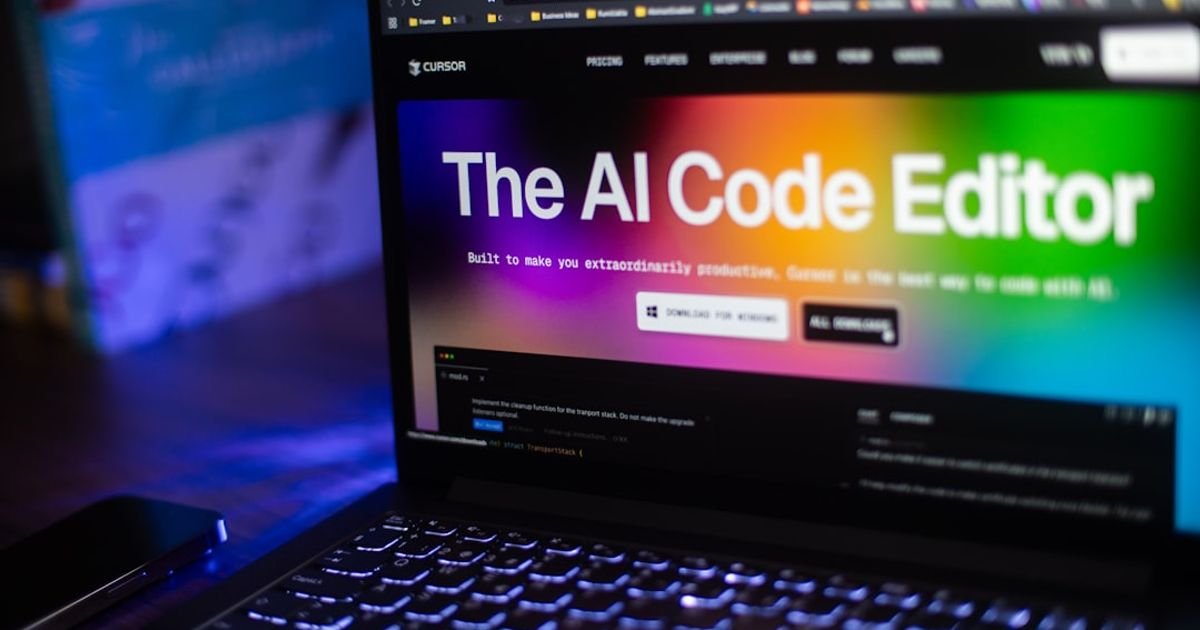About Prompt
- Prompt Type – Dynamic
- Prompt Platform – ChatGPT, Grok, Deepseek, Gemini, Copilot, Midjourney, Meta AI and more
- Niche – Developer Tools
- Language – English
- Category – Specific AI Use Case
- Prompt Title – AI Prompt for Automated Code Review in Python Projects
Prompt Details
This prompt facilitates automated code review for Python projects, adaptable across various AI platforms. It dynamically adjusts based on provided context, focusing on identifying potential issues and suggesting improvements.
**Prompt Structure:**
“`
## Code Review Request
**Project Context:**
* **Project Name:** [Provide the name of the project, e.g., “E-commerce Platform”]
* **Project Description:** [Briefly describe the project’s purpose and functionality, e.g., “A web application for online shopping.”]
* **Relevant Technologies/Libraries:** [List key technologies and libraries used, e.g., “Django, Flask, Requests, NumPy, Pandas”]
* **Target Audience:** [Describe the intended users of the project, e.g., “General public, developers”]
**Code Snippet:**
“`python
[Insert the Python code snippet to be reviewed. Ensure proper indentation.]
“`
**Review Focus:**
* **Specific Concerns:** [Specify any particular areas of concern, e.g., “Performance optimization, security vulnerabilities, code readability”]
* **Desired Code Style:** [Specify preferred code style guidelines, e.g., “PEP 8, Google Python Style Guide”]
* **Testing Framework (if applicable):** [Mention the testing framework used, e.g., “pytest, unittest”]
**Review Objectives:**
Please analyze the provided Python code snippet considering the project context and review focus. Your review should cover the following aspects:
1. **Functionality:**
* Does the code achieve its intended purpose?
* Are there any logical errors or edge cases not handled correctly?
* Are there any potential performance bottlenecks?
2. **Security:**
* Identify any potential security vulnerabilities (e.g., SQL injection, cross-site scripting).
* Suggest improvements to enhance security.
3. **Readability & Maintainability:**
* Is the code easy to understand and maintain?
* Does it follow the specified code style guidelines?
* Are variable and function names descriptive and clear?
* Are comments appropriately used to explain complex logic?
4. **Testability:**
* Is the code written in a way that facilitates testing?
* Suggest potential test cases based on the code’s functionality.
5. **Best Practices:**
* Does the code adhere to Python best practices?
* Suggest improvements based on best practices related to the used libraries and technologies.
**Output Format:**
Please provide your review in a structured format, including:
* **Issue Summary:** A concise summary of identified issues and potential improvements.
* **Detailed Explanation:** For each issue, provide a detailed explanation, including the line number(s) and the rationale behind the issue.
* **Suggested Solution:** Offer concrete suggestions for fixing each issue, including code examples where applicable.
* **Severity Level (Optional):** Classify each issue based on its severity (e.g., Critical, Major, Minor, Informational).
**Example Usage:**
**Project Context:**
* **Project Name:** “Data Analysis Tool”
* **Project Description:** “A Python script for analyzing large datasets.”
* **Relevant Technologies/Libraries:** “Pandas, NumPy”
**Code Snippet:**
“`python
import pandas as pd
# … (Insert code to be reviewed)
“`
**Review Focus:**
* **Specific Concerns:** “Performance optimization when handling large datasets.”
**Review Objectives:** (As described in the prompt structure)
By providing this detailed and structured prompt, you enable the AI to perform a comprehensive and targeted code review, offering valuable feedback for improving code quality. Remember to replace the bracketed placeholders with the specific details of your code review request. This dynamic prompt allows for easy adaptation to various code review scenarios and maximizes the effectiveness of AI-powered code analysis. You can further customize the prompt by adding specific criteria for code complexity, error handling, documentation, or other relevant aspects. For best results, experiment with different phrasing and levels of detail in the prompt to fine-tune the AI’s response to your specific needs.
“`

